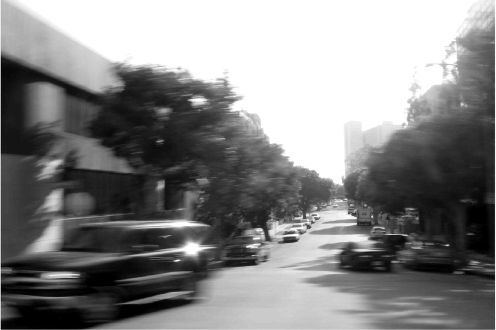
Today, different models and instruments exist to study and model color vision and color vision deficiency. These systems are often modeled at spectral and retinal levels. In this study, we propose a novel approach to set up models and aids for color vision deficiencies, considering the role of spatial color processing in human visual system. In particular, we present the results of a perceptual test to identify the role of the spatial arrangement in color discrimination by Color Deficient Observers (CDOs) and Color Normal Observers (CNOs), using simultaneous contrast effect.

Visual noise is a metric for measuring the amount of noise perception in images taking into account the properties of the human visual system (HVS). A visual noise measurement method is specified in Annex B of ISO 15739, which has been used as a useful measurement metric over the years since its introduction. As several issues have been questioned recently, it is now being investigated for revision involving changes to the CSF, color space used for rms noise value measurements, and visual noise formula combining rms values in three color channels. To derive visual noise formula involving color noise weighting coefficients representing HVS sensitivity to noise, subjective experiments using simulated luminance and color noise images were done. The improvement of calculation stability and HVS correspondence was verified using simulation and real camera images under various conditions. Finally, subjective experiments using real camera images were performed to validate the revised method and update the color noise coefficients considering practical measurement cases.

The ultimate goal in any proposed Image Quality Metrics (IQMs) is to accurately predict the subjective quality scores given by observers. In the case of most IQMs the quality score is calculated by pooling the quality scores from what is referred to as a quality map of an image. While different pooling methods have been proposed, most such approaches use various types of a weighting average over the quality map to calculate the image quality score. One such approach is to use saliency maps as a weighting factor in our pooling process. Such an approach will result in giving a higher weight to the salient regions of the image. In this work we study if we can evaluate the quality of an image by only calculating the quality of the most salient region in the image. Such an approach could possibly reduce the computational time and power needed for image quality assessment. Results show that in most cases, depending on the saliency calculation method used, we can improve the accuracy of IQMs by simply calculating the quality of a region in the image which covers as low as 20% of the salient energy.